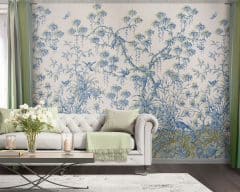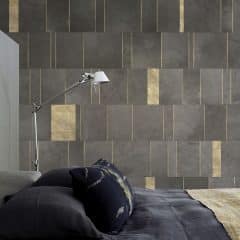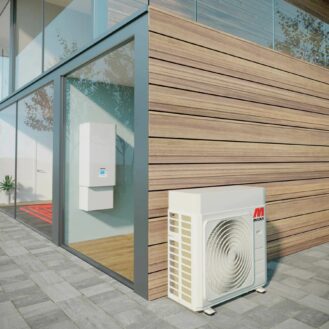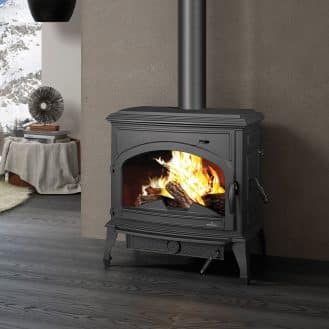There are a lot of different types of wallpaper for you to choose from according to your tastes, or according to the time you have to lay it.
Traditional wallpaper is made of paper only. Its grammage (weight per m2) is a good indication of its quality: high grammage equates to high quality. To apply it, you must pre-glue the paper.

Papiers de Paris traditional wallpaper
Non-woven wallpaper is a wall covering consisting of a layer of polyester and cellulose covered with a vinyl film. Thicker than traditional wallpaper, it can be applied to imperfect or even damaged walls. It supports moisture and can be placed in humid areas like the bathroom. Regarding its installation, the glue is applied directly to the wall, which is a significant time saver because it is not necessary to have a tapestry table to glue it beforehand.

LGD01 non-woven wallpaper
Vinyl wallpaper is wallpaper that has had a thin layer of PVC applied to it. Remarkable for its resistance, it is completely waterproof. It also offers good light resistance and is suitable for all rooms in the house. But be careful: If your walls are too irregular, the gloss of the paper may accentuate this. In this case it is better to choose a non-woven wallpaper.
Expanded vinyl wallpaper is the “embossed” version of vinyl wallpaper. The reliefs are created using raised ink. Because of its thickness, it is ideal for very damaged walls.
Flocked velvet wallpaper is a paper whose patterns are obtained with the technique of flocking that is to say the application of synthetic fibers on a material covered with glue.
Japanese straw, or laminated paper, is a wall covering consisting of a layer of paper on which certain materials are intertwined: most often straw, bamboo, raffia and holding fibers. Often made by hand, Japanese straw wallpaper often differs in quality. Large variations in hue are observable from one batch to another, it is therefore strongly recommended to use Japanese straw of the same lot.
Metallic wallpaper consists of a metal layer welded to a paper support. Metallic and contemporary in design, it has a shiny, plain or patterned appearance that allows it to play with light. It’s considered to be easy to clean using a damp sponge, and is also easy to remove. Initially, the metallized layer is torn off dry, and in a second step, the underlayer is removed with warm water or steam. The glossy aspect of metallic paper will show the imperfections of the wall if it is not smooth.

BIANCHI LECCO SRL metallic wallpaper








